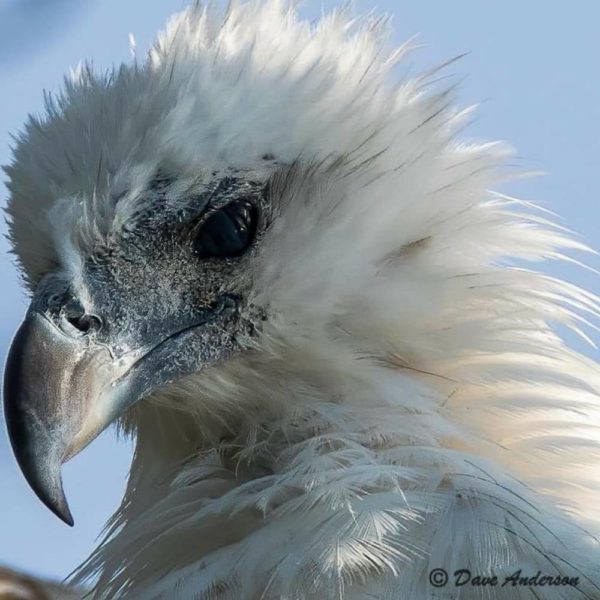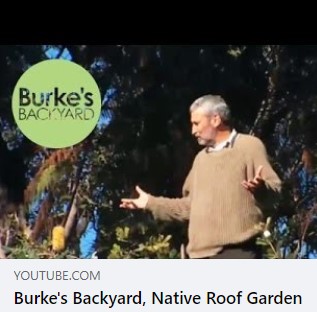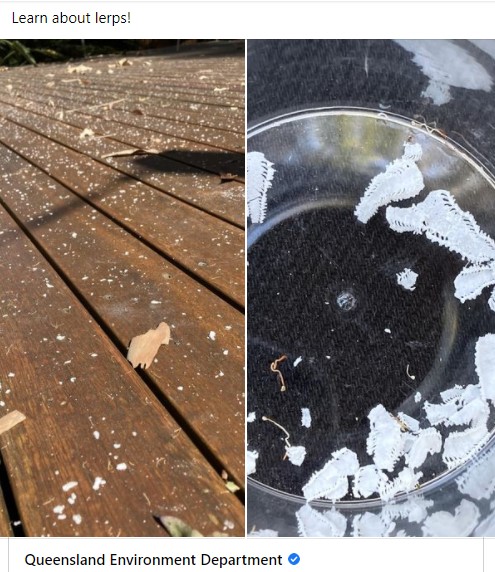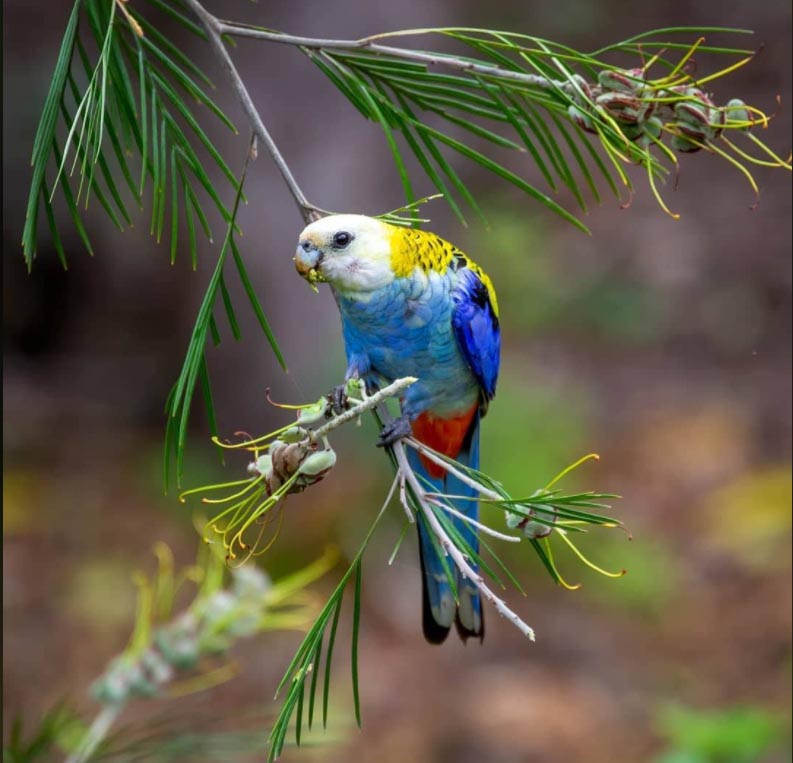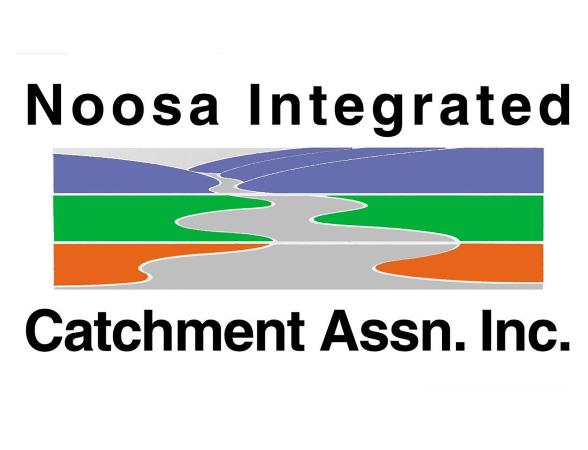Have you been following the Urban Wildlife Gardens Facebook page?
I usually add several items each day, adding up to quite a few over the course of the month. The aim is to keep everyone connected with items that might be of interest to Urban Wildlife Gardeners. Michelle and Desiré also add items. I pick up posts that come into my own Facebook page and others that cross my path in one way or another. I add “Flowering Now” when something catches my eye.
The recent Bird Count has meant that the last couple of weeks has been very heavily tilted towards our local birds. You will have seen some wonderful photographs like the amazing portrait of a White Bellied Sea Eagle by local photographer Dave Anderson who kindly shares his work through Facebook. Noosa’s amazing raptors may not nest in many suburban gardens (although we have a family of Brahminy Kites over our back fence) but they certainly fly over and are just another part of our natural environment.

Landscaping ideas come from all over. Native plant enthusists all over the world are realising that reintroducing their own ORIGINAL native vegetation has much to offer a society that has become so out of sync with natural system and is reaping the rewards of that.
Last week I couldn’t resist sharing an old Don Bourke clip showing an amazing roof garden full of the local plants of the area, complete with a local lyre bird. (NSW or Victoria).
At our workshops, I have noticed how interested members have been in basic landscaping fundamentals and I have tried to add solutions to problems common to all gardeners…….. all with an emphasis on using our local native plants and considering our wildlife
If you haven’t ventured into UWG Facbook, you can Google ‘Urban Wildlife Gardens Facebook’ . Click on the entry and it should open for you. You don’t have to engage in any way – just run through the posts, enjoy the photographs and open any articles that interest you.
I think all the posts, back to September last year, are still there – a wealth of information at the click of your mouse. You can even learn about lerps!
Stephanie
